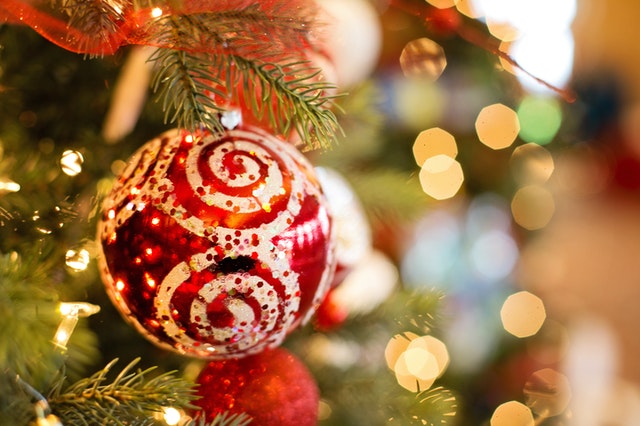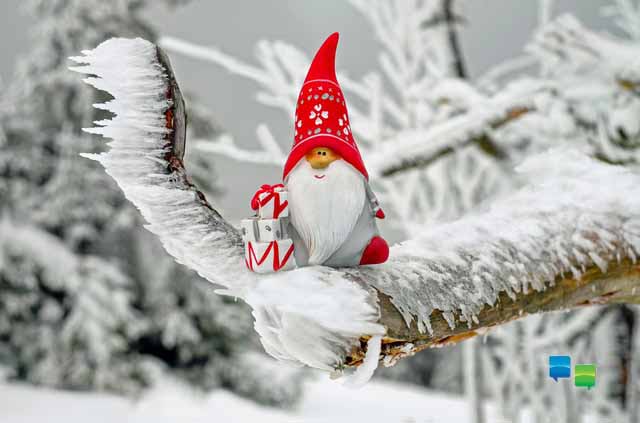Christmas is just a few days away now. And things like Christmas trees, decoration lights, celebration preparations have already started to cross your mind by this time. Whatever the name you have given to the ever-popular and larger-than-life character of ‘Santa Claus’ while growing up, for most Christmas enthusiasts the name will revive awesome childhood memories of gifts from a jolly, white-haired, and bearded man during the festive season. Well, those were the days or are, if you are a kid.
Santa Claus is perhaps one of the most universally recognized loved figures in the world.
But what is that great man’s real name?
What is the Real Name of Santa Claus?
The idea actually originated from Saint Nicholas, a patron saint famous for distributing generous gifts to the poor. The pronunciation of Saint Nicholas in Dutch is Sinterklaas, which is where the name Santa Claus derived from. We are sure, you never knew that, right?
Around the globe, there are plenty of different names for Santa Claus, and the idea has been adopted and interpreted in several ways.
English: Santa Claus/Father Christmas
In the countries like the US and Canada, “Santa Claus” or “Father Christmas” is believed to travel around the globe sporting a red suit on his sleigh, pulled by reindeer.
He comes down through the chimney the night before Christmas (between 24th and 25th December), leaving presents behind for children under the Christmas tree! Children mostly leave Christmas stockings by the fireplace that Santa Claus can fill with small gifts and sweets.
Few families will leave a snack for him for his journey. In the UK, it is common to leave a mince pie a traditional festive pastry, and a glass of whisky/sherry for Santa, and a carrot for his reindeer.
American-English: Kris Kringle
In the United States and Canada, some people call him Kris Kringle, which originates from the German word Christkind (Christ child).
Here, it is a ritual to leave milk and cookies to keep him going. He has got plenty of presents to deliver, after all.
Spanish: Papa Noel (lit. Father Christmas)
The person behind the Spanish name for Santa Claus is generally known to give out presents on 24th December or 25th December (from Papa Noel), or on 6th January (from the Three Kings).
In South America, a family member mostly dresses up as Papa Noel and distributes gifts to the children while they try and guess who the family member is.
French: Père Noël/Papa Noël (lit. Father Christmas/Daddy Christmas)
In France, it is knowing as Père Noël who delivers gifts either on the eve of 23rd December, or on the morning of 25th December.
In the east of France, Père Noël accompanied by Le Père Fouettard, a man dressed in black, who is known to punish the children if they misbehave. So, better be good, then.
German: Weihnachtsmann (lit. Christmas Man)
We would not be surprised if you struggled a lot with this pronunciation for Santa Claus in German.
The festive season in Germany begins early, with Nikolaustag: St. Nicholas Day – on 6th December. It is believed that St. Nicholas comes in the night and leaves present in the kid’s shoes, which are generally polished (kids needs to get in Santa’s good books anyhow) and placed by the front doors the evening before.
In some portions of Germany, das Christkind (Christ child) is believed to bring children presents on Christmas Eve. Children also write to him asking for gifts before Christmas. They even decorate those letters by using gluing sugar to the envelope!
In other parts of Germany, der Weihnachtsmann (Santa Claus) is the one who brings gifts to the children. Traditionally, German people open their gifts on Christmas Eve instead of Christmas Day.
Italian: Babbo Natale (lit. Daddy Christmas)
In Italy, Babbo Natale is believed to deliver gifts at Christmas. Italian families begin collecting gifts at the start of December and those are opened either on Christmas Eve or on Christmas morning.
It is also believed that a witch, La Befana, arrives during the night of 5th January bringing small gifts, sweets, and dried fruits which she leaves in the socks of good children.
Russian: Дед Мороз – Ded Moroz (lit. Grandfather Frost)
In Russia, Christmas is being actually celebrated on 7th January, which is the Orthodox Christmas, and thus goes by a different calendar.
However, people do also exchange gifts on New Year’s Eve. It is believed that Ded Moroz (the Russian and interpretation of and name given for Santa Claus) brings gifts with the help of his granddaughter, Snegurka. The tradition goes that kids make a circle around the Christmas tree and call for Ded Moroz and Snegurka. When they appear, then the star and other lights on the Christmas tree brightens up.
Portuguese: Papai Noel (lit. Father Christmas)
In certain parts of Brazil, kids leave a sock near a window. If Papai Noel finds those socks, he will exchange it for a gift.
In Portugal, Santa Claus is named Pai Natal. He is believed to bring gifts to children on Christmas Eve. Gifts are left under the Christmas tree or in shoes besides the fireplace.
In both countries, families will either open gifts on the eve of the 24th post-Midnight Mass or on Christmas morning.
Now you can get involved with the X-mas spirit wherever you are in the world.


